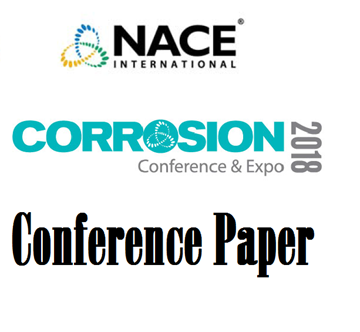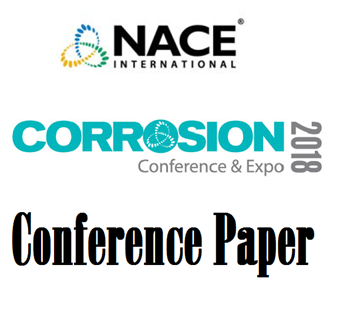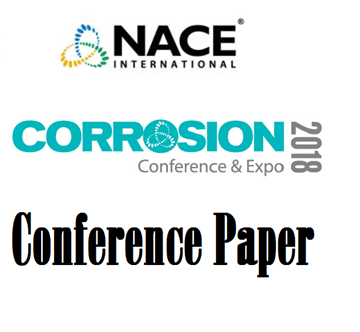Search
51318-11557-Failure Analysis of Gas Separator Cooler Tube Leak during service after passing Inspection test duri
Also Purchased
51318-11549- Comparison of Corrosion resistance of HVOF tungsten carbide & Inconel 625 Coating on ENP coated carbon steel in inhibited HCI solutions
Product Number:
51318-11549-SG
Publication Date:
2018
$20.00
51318-11559-New Design/Material Solution for Pipeline Chemicals and Permeation
Product Number:
51318-11559-SG
$20.00
51318-11569-Pitting Corrosion Resistance of a 316L Stainless Steel Manufactured by the Direct Metal Laser Sintering Process
Product Number:
51318-11569-SG
Publication Date:
2018
$20.00




